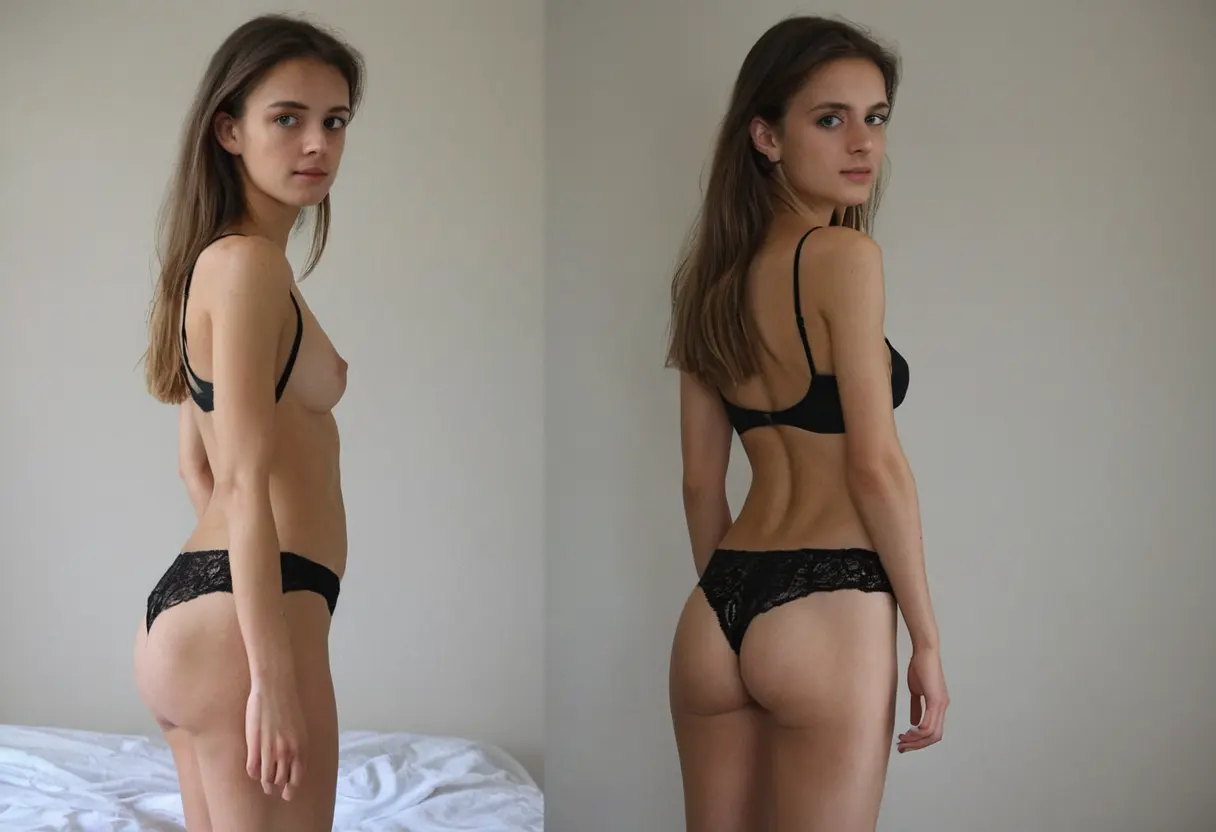In recent years, advancements in artificial intelligence have transformed various sectors, including photography and image manipulation. One of the most controversial applications of AI is found in the realm of "undress AI," specifically in tools like DeepNude. These technologies enable the creation of hyper-realistic images that can alter the appearance of individuals by removing clothing. While some view this as a technological marvel, others raise ethical and privacy concerns. This article will delve into the workings of undress AI, its implications, and the ongoing discussions surrounding its use.
Undress AI refers to a category of artificial intelligence applications designed to manipulate images in such a way that clothing appears to be removed. The most infamous of these applications is DeepNude, which gained notoriety for its ability to create nude images from pictures of clothed individuals. The technology utilizes deep learning algorithms to analyze and reconstruct images, producing results that can be strikingly realistic.

The functionality of DeepNude revolves around sophisticated machine learning techniques, particularly those related to generative adversarial networks (GANs). Here’s a breakdown of the process:

This process relies heavily on extensive datasets of nude images to train the AI, allowing it to learn how to produce realistic results. However, this reliance on data also leads to significant ethical and legal challenges.

The rise of undress AI technologies like DeepNude has sparked considerable debate over ethical implications. Some of the key concerns include:
As a result, many argue that regulations should be put in place to prevent misuse of undress AI technologies.
The legal framework surrounding undress AI and DeepNude images is still developing. Laws regarding image manipulation and privacy vary by jurisdiction, leading to confusion and inconsistency. Key legal aspects include:
As these technologies evolve, it is crucial for legal systems to adapt and protect individuals from potential abuses.
The future of undress AI remains uncertain. On one hand, there are potential positive applications, such as in fashion and entertainment, where virtual clothing simulations can enhance user experience. On the other hand, the risk of misuse looms large, prompting calls for ethical guidelines and technological safeguards.
Developers and researchers are increasingly aware of the ethical implications and are seeking ways to create responsible AI. This includes implementing consent mechanisms, developing detection tools to identify manipulated images, and engaging in public discourse about the moral responsibilities of AI creators.
Undress AI and technologies like DeepNude present a fascinating yet troubling intersection of innovation and ethics. While they demonstrate the remarkable capabilities of AI in image manipulation, they also raise critical issues regarding consent, privacy, and potential harm. As society navigates the complexities of these technologies, it is essential to establish clear guidelines and legal frameworks that prioritize ethical considerations. The dialogue around undress AI is ongoing, and its impact will likely shape the future of digital content creation.
2024-11-05 21:27
2024-11-05 21:16
2024-11-05 20:17
2024-11-05 20:16
2024-11-05 20:14
2024-11-05 20:10